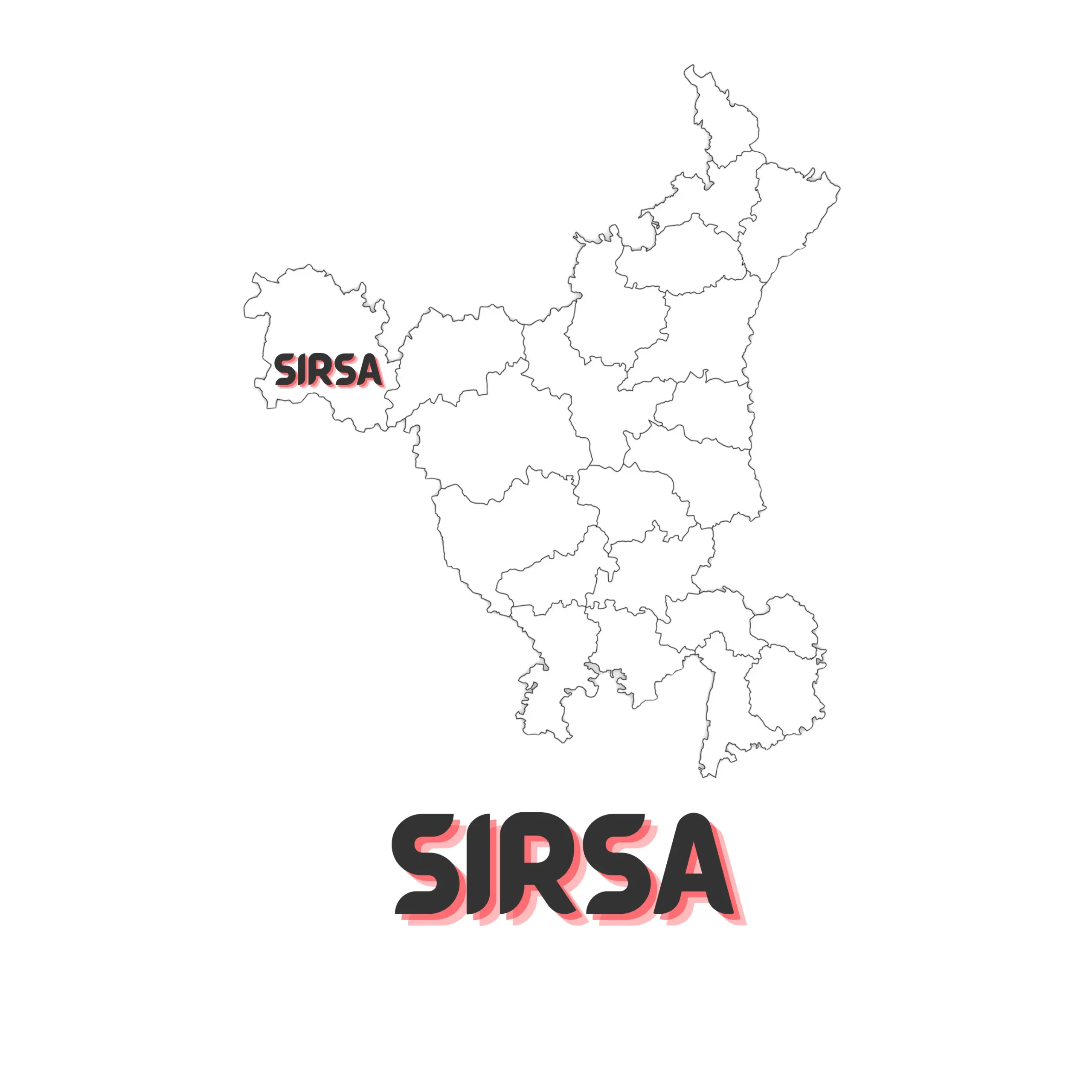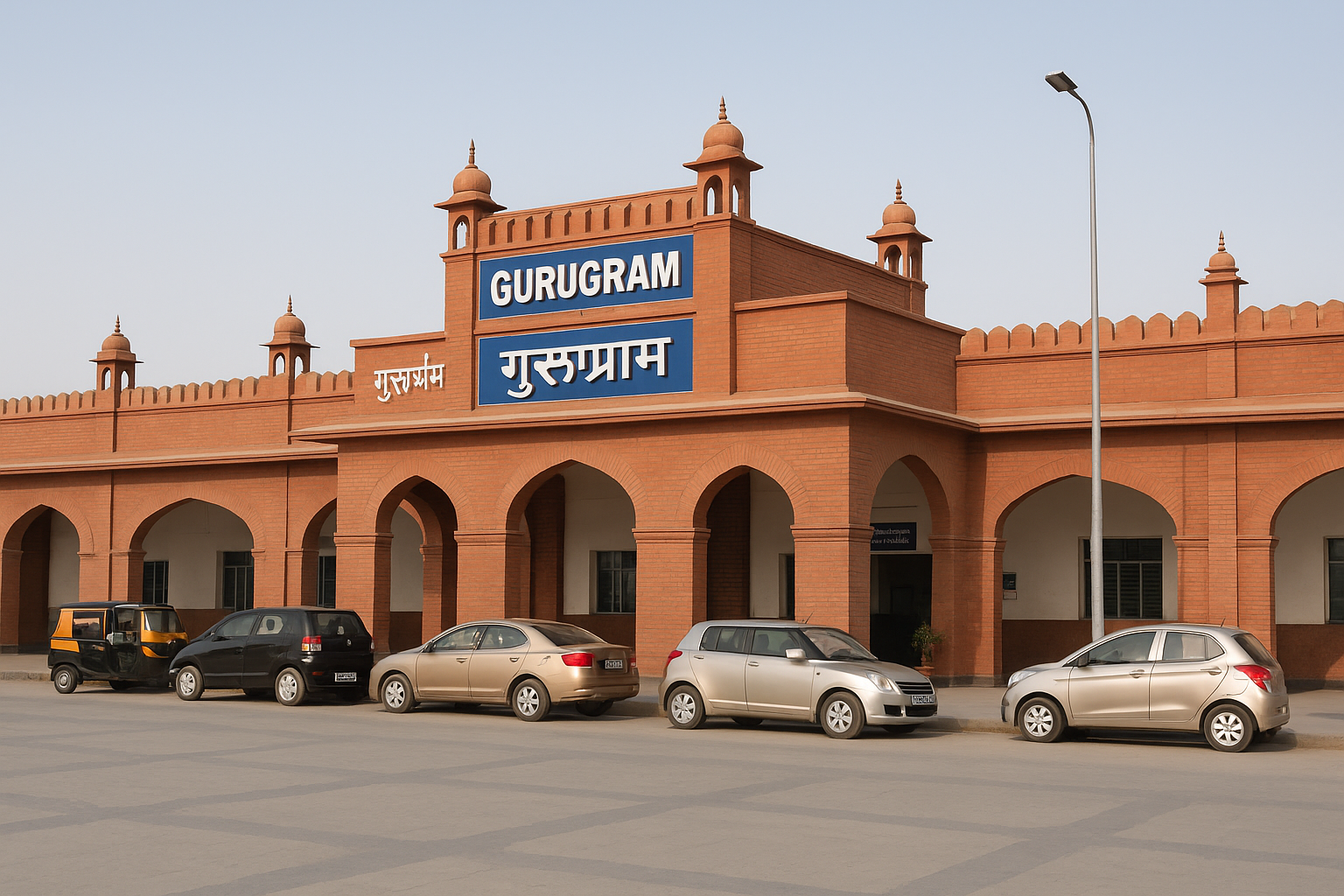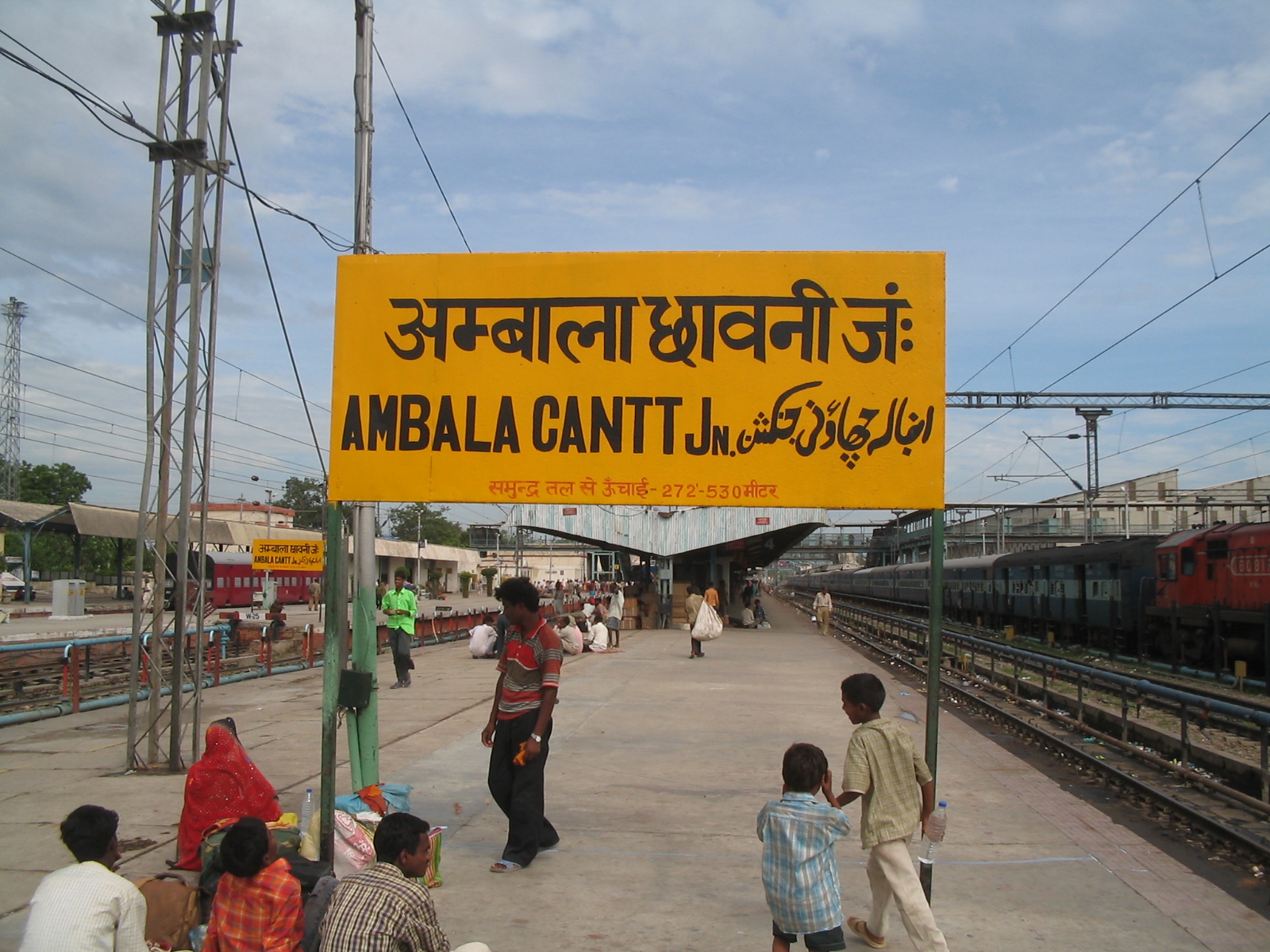
Hisar District: A Comprehensive Guide to Its History, Attractions, and Significance
Welcome to an in-depth exploration of Hisar district, a land where ancient history and modern development coalesce to create a unique identity in the heart of Haryana, India. Situated strategically, Hisar district is not just an administrative unit but a vibrant hub of culture, education, and economic activity. Whether you’re a history enthusiast, a prospective student, a business investor, or a curious traveler, this guide will walk you through the multifaceted landscape of Hisar district, covering its rich past, geographical features, key attractions, and much more. Join us as we uncover the story of this remarkable region.
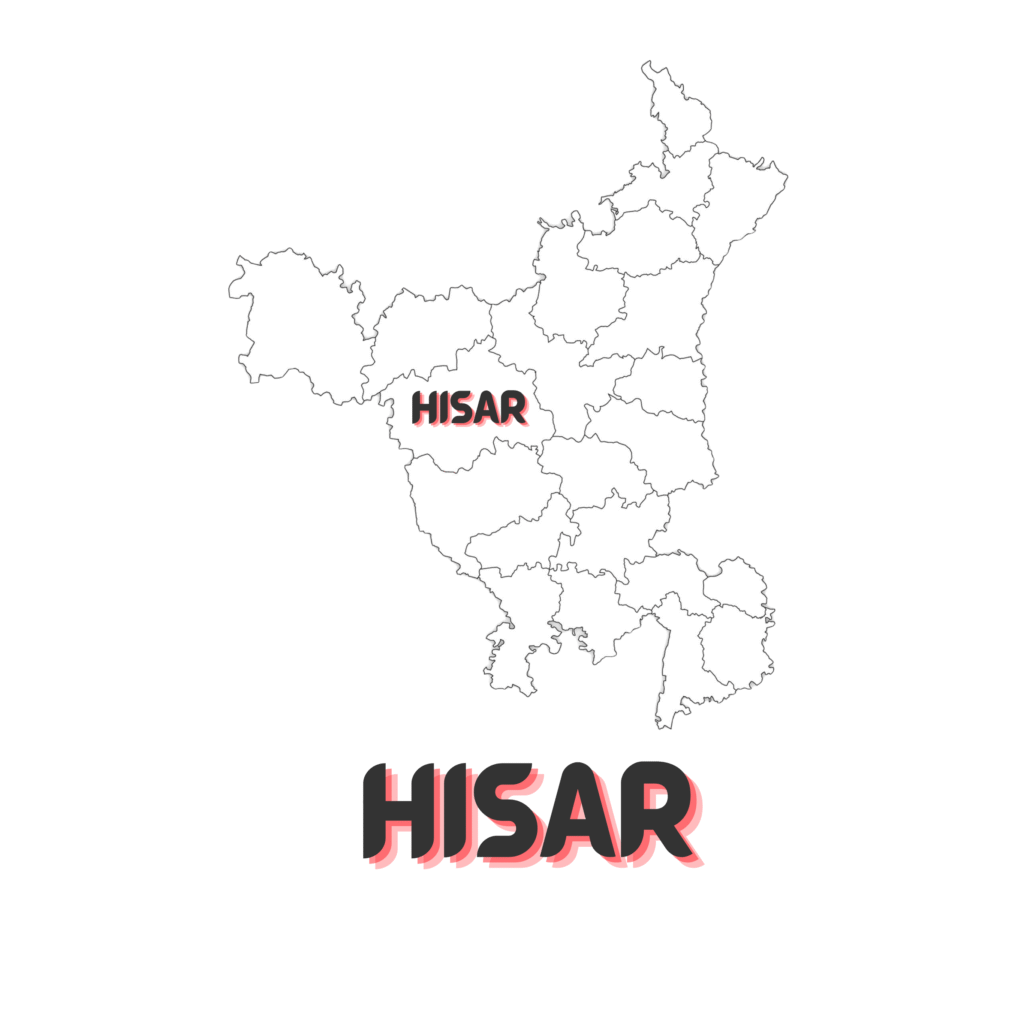
Introduction to Hisar District
Hisar district, located in the western part of Haryana state, holds a significant place in India’s historical and contemporary narrative. Known for its resilient spirit and agricultural prowess, the district is a fascinating blend of ancient heritage, including remnants of the Indus Valley Civilization, and modern industrial growth. It serves as a crucial administrative, educational, and commercial center for the surrounding areas, drawing people from various parts of North India. This post aims to provide a holistic overview of Hisar district, from its historical roots to its current socio-economic fabric.
History and Formation of Hisar
The history of Hisar district is ancient and storied. The region has been inhabited since pre-historic times, with archaeological excavations revealing significant Indus Valley Civilization sites.
- Ancient Roots: The most prominent archaeological site is Rakhigarhi, located in Narnaund tehsil. Rakhigarhi is one of the largest and oldest Indus Valley Civilization sites, dating back to c. 2600-1900 BCE. Discoveries here, including planned townships, pottery, seals, and even DNA evidence, have provided invaluable insights into this ancient urban culture. Other sites like Siswal and Lohari Ragho also point to early settlements.
- Medieval Era: The city of Hisar itself was founded in 1354 AD by Firoz Shah Tughlaq, the Sultan of Delhi. He named it ‘Hisar-e-Firoza’, which translates to ‘Fort of Firoz’. The remnants of his fort complex, including the Firoz Shah Palace and Lat ki Masjid, stand as testaments to this era. The Gujari Mahal, another prominent structure, was built by Firoz Shah for his beloved Gujari queen.
- Mughal and British Periods: Hisar remained an important administrative unit during the Mughal era. Later, it came under British rule, and historical buildings like Jahaj Kothi (associated with George Thomas) mark this period. The region played a role in India’s struggle for independence.
- Post-Independence: After India’s independence in 1947, Hisar became part of Punjab and then, in 1966, a district of the newly formed state of Haryana. It has since grown into a significant urban and agricultural center.
Geography and Climate of Hisar District
Understanding the geography and climate of Hisar district is key to appreciating its agricultural patterns and lifestyle.
- Location: Hisar is located at approximately 29°05′ N latitude and 75°45′ E longitude. It is situated about 164 kilometers west of Delhi on National Highway 9.
- Topography: The district is largely an alluvial plain, a part of the Indo-Gangetic plains. The soil is generally fertile, suitable for agriculture. The Ghaggar river plain influences part of its topography.
- Climate: Hisar experiences a continental and arid to semi-arid climate, characterized by:
- Summer (March to June): Very hot and dry, with temperatures often soaring above 40°C, sometimes reaching up to 45-47°C. Dust storms are common.
- Monsoon (July to September): The southwest monsoon brings relief with moderate rainfall. The average annual rainfall is around 400-500 mm, with most of it occurring during these months.
- Post-Monsoon (October to November): Pleasant weather with receding humidity.
- Winter (December to February): Cool and often foggy, with temperatures dropping significantly, sometimes close to freezing point.
- Soil: The soil is predominantly sandy loam to loamy sand.
Administrative Setup in Hisar District (Tehsils, Blocks)
The Hisar district administration is structured to ensure efficient governance and development. As of the latest information:
- Headquarters: Hisar city is the administrative headquarters of the district.
- Division: Hisar is also the headquarters of the Hisar Division, one of Haryana‘s administrative divisions.
- Tehsils: The district is divided into several tehsils for revenue administration. Key tehsils typically include:
- Hisar
- Hansi
- Narnaund
- Barwala
- Adampur
- Uklana Mandi
- Bass (Note: The exact number and names of tehsils/sub-tehsils can be updated from the official district website for the most current information.)
- Sub-Tehsils: There are also sub-tehsils for more localized administration, such as Balsamand and Kheri Jalab.
- Blocks: For rural development, the district is divided into developmental blocks. Prominent blocks include:
- Hisar-I
- Hisar-II
- Hansi-I
- Hansi-II
- Narnaund
- Barwala
- Uklana
- Adampur
- Agroha
- Villages and Towns: The district comprises numerous villages and several statutory towns.
Demographics of Hisar District (Population, Literacy – 2011 Census)
emographic data provides insights into the human landscape of Hisar district. (Note: The following figures are based on the Census of India 2011, as comprehensive official data from later censuses might be awaited).
- Total Population (2011): 1,743,931
- Male: 931,562
- Female: 812,369
- Population Density (2011): 438 persons per square kilometer.
- Sex Ratio (2011): 872 females per 1000 males.
- Literacy Rate (2011): 72.89%
- Male Literacy: 82.20%
- Female Literacy: 62.25%
- Urban vs. Rural Population (2011):
- Rural: Approximately 68.2%
- Urban: Approximately 31.8%
The district has a diverse population with a significant rural base primarily engaged in agriculture.
Economy and Major Industries/Agriculture in Hisar District
The economy of Hisar district is a mix of agriculture and industry, with a growing service sector.
- Agriculture: This remains the backbone of the district’s economy.
- Major Crops: Wheat, cotton, mustard, bajra, gram, and rice (in some areas) are the primary crops.
- Livestock: Animal husbandry, particularly cattle and buffalo rearing, is a significant activity. Hisar is renowned for its Murrah buffaloes. The Central Institute for Research on Buffaloes (CIRB) is located here.
- Horticulture: There is increasing focus on horticulture and vegetable farming.
- Industries:
- Steel Industry: Hisar is famously known as the “Steel City of Haryana” due to the presence of Jindal Stainless Limited and other steel-related industries.
- Textiles: The cotton grown in the region supports a textile industry.
- Agro-based Industries: Flour mills, cotton ginning and pressing units, and cattle feed plants are common.
- Manufacturing: Various small and medium-scale manufacturing units.
- Trade and Commerce: Hisar city is a major trading hub for agricultural produce and industrial goods.
- Service Sector: Education, healthcare, banking, and retail are expanding, contributing significantly to the local economy.
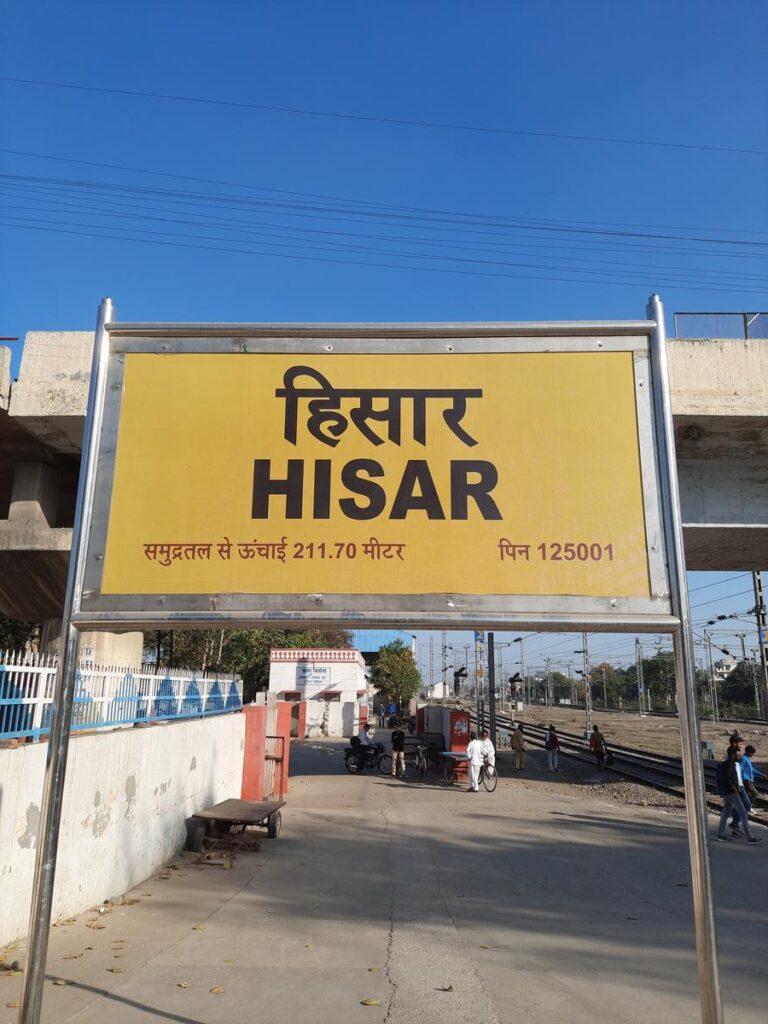
Education and Healthcare Facilities in Hisar
Hisar has emerged as a prominent educational and healthcare hub in Haryana.
- Education:
- Universities:
- Chaudhary Charan Singh Haryana Agricultural University (CCS HAU): One of Asia’s largest agricultural universities.
- Guru Jambheshwar University of Science & Technology (GJUST): A leading university offering courses in technology, sciences, management, and pharmacy.
- Lala Lajpat Rai University of Veterinary and Animal Sciences (LUVAS): Specializes in veterinary and animal sciences.
- Research Institutes:
- Central Institute for Research on Buffaloes (CIRB)
- National Research Centre on Equines (NRCE)
- Northern Region Farm Machinery Training and Testing Institute (NRFMTTI)
- Colleges and Schools: Numerous government and private colleges offering arts, science, commerce, engineering, and medical education. The district also has a good network of schools.
- Universities:
- Healthcare:
- Government Hospitals: Civil Hospitals in Hisar, Hansi, and other major towns, along with Community Health Centres (CHCs) and Primary Health Centres (PHCs) in rural areas.
- Private Hospitals: Several multi-specialty private hospitals and nursing homes provide advanced medical care.
- Medical College: Maharaja Agrasen Medical College, Agroha (affiliated, near Hisar) is a key medical institution.
Places to Visit in Hisar District / Tourist Attractions
Hisar district offers a variety of attractions for history buffs, religious pilgrims, and nature lovers.
- Rakhigarhi: (Near Narnaund) A must-visit for anyone interested in ancient history. It’s one of the largest Harappan sites, with an ongoing museum project.
- Agroha Dham: (Near Agroha) A prominent religious complex dedicated to Maharaja Agrasen and Goddess Lakshmi. It’s a beautifully constructed site attracting many devotees. The Agroha Mound nearby is also an archaeological site.
- Firoz Shah Palace Complex: (Hisar City) Explore the ruins of the 14th-century fort, including audience halls, underground chambers (tehkhanas), and the Lat ki Masjid.
- Gujari Mahal: (Hisar City) Located within the Firoz Shah Palace complex, this was built for Firoz Shah’s consort.
- Lat ki Masjid: (Hisar City) A unique mosque within the Firoz Shah complex, notable for its Lath (pillar) taken from an Ashokan pillar or an older temple.
- Barsi Gate: (Hansi) An ancient gate, one of the five gates of the historic walled city of Hansi.
- Asigarh Fort (Prithvi Raj Chauhan’s Fort): (Hansi) A historic fort associated with the famed Rajput king Prithviraj Chauhan, rebuilt several times over centuries.
- Jahaj Kothi Museum: (Hisar City) Once the residence of George Thomas, an Irish adventurer who became a local ruler. It’s now a museum.
- Blue Bird Lake: (Hisar City) An artificial lake and wetland area, popular for boating and bird-watching, especially during migratory seasons.
- Devi Bhawan Mandir: (Hisar City) An ancient and revered temple complex.
- St. Thomas Church: (Hisar City) An old church reflecting colonial architecture.
- Town Park & PLA Complex: (Hisar City) Popular recreational spots for families.
- OP Jindal Gyan Kendra: (Hisar City) A modern landmark with a revolving restaurant and museum, offering panoramic views of the city.
Culture and Local Lifestyle in Hisar
The culture of Hisar district is predominantly Haryanvi, with a strong agricultural influence.
- Language: Haryanvi is the main spoken dialect, while Hindi is the official language. Punjabi is also understood and spoken by many.
- Festivals: Major Indian festivals like Diwali, Holi, Teej, Raksha Bandhan, and Baisakhi are celebrated with great enthusiasm. Local fairs (melas) are also common.
- Folk Traditions: Traditional Haryanvi folk music (raginis) and dance forms are an integral part of cultural events.
- Cuisine: The local cuisine is hearty and simple, featuring dairy products like milk, ghee, and lassi. Staples include wheat-based rotis, bajra khichdi, and seasonal vegetables. Sarson ka Saag with Makki ki Roti is popular in winters.
- Social Fabric: The society is largely agrarian, with strong community bonds. Traditional customs and values are still prevalent, especially in rural areas, though urban centers are witnessing modernization.
How to Reach Hisar District (Transport Links)
Hisar district is well-connected by road and rail.
- By Road:
- National Highways: National Highway 9 (NH9) (formerly NH10) passes through Hisar, connecting it to Delhi, Rohtak, Sirsa, and further to Fazilka in Punjab.
- State Highways: A good network of state highways connects Hisar to other towns and cities in Haryana and neighboring states.
- Buses: Regular bus services (Haryana Roadways and private operators) are available from Delhi (ISBT Kashmere Gate), Chandigarh, Jaipur, and other major North Indian cities.
- By Rail:
- Hisar Junction (HSR) is a major railway station. It is well-connected to Delhi, Rewari, Bathinda, Ludhiana, Jaipur, and other cities. Several daily and weekly trains operate through Hisar.
- By Air:
- The nearest major international airport is Indira Gandhi International Airport (DEL), New Delhi, approximately 170-180 km away.
- Hisar has its own airport (Hisar Airport – HSS), which has been developed under the UDAN scheme for regional connectivity. Flight operations are gradually expanding. Check the latest flight schedules for availability.
Notable Personalities from Hisar District
Hisar district has been home to and has produced many individuals who have excelled in various fields:
- Saina Nehwal: Ace badminton player, Olympic medalist (born in Hisar).
- Subhash Chandra: Media baron and former Member of Parliament, Rajya Sabha.
- Late Chaudhary Devi Lal: Former Deputy Prime Minister of India (though primarily associated with Sirsa, his political sphere included Hisar).
- Om Prakash Jindal: Industrialist and founder of the Jindal Group (Hisar was a major center of his activities).
- Krishna Poonia: Discus thrower, Olympian, and politician.
- Yashpal Sharma: Cricketer.
- Many other prominent figures in politics, sports, arts, and public service.
Conclusion
Hisar district stands as a testament to India’s enduring legacy and dynamic present. From the ancient mounds of Rakhigarhi whispering tales of a sophisticated civilization to the bustling industries and premier educational institutions shaping modern India, Hisar offers a unique tapestry of experiences. Its strategic location, robust economy, rich cultural heritage, and resilient people make it a significant district in Haryana and a region poised for further growth. Whether you seek historical knowledge, educational opportunities, or a glimpse into authentic Haryanvi life, Hisar district welcomes you to explore its diverse offerings.
